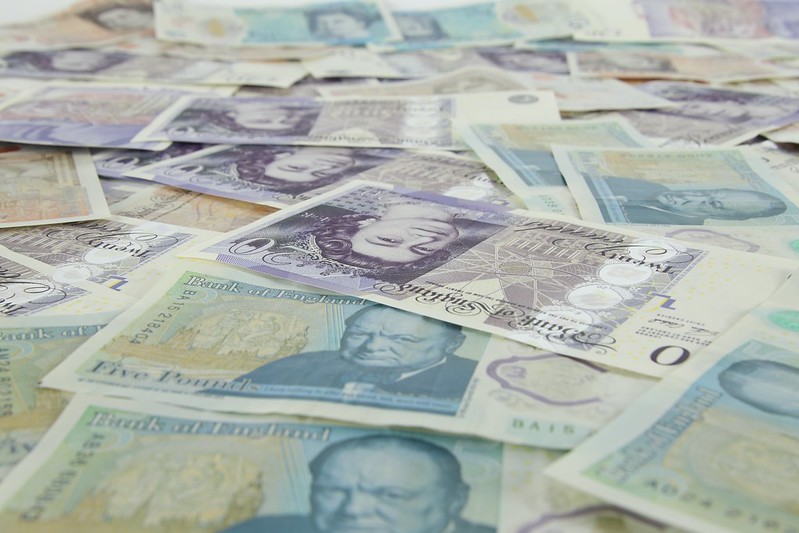
The British pound reached its strongest level in over three years on Friday, buoyed by stronger-than-expected UK retail sales and growing unease surrounding U.S. financial markets.
It is now on track for its biggest weekly gain against the U.S. dollar since early April.
Data released by the Office for National Statistics showed that retail sales in the UK jumped by 1.2% in April, significantly outpacing economists' forecast of a 0.2% rise. Sunny weather appeared to encourage more consumer spending, helping to lift sterling by 1.5% this week. On Friday, the pound climbed to $1.3468 — a level not seen since February 24, 2022, when Russia's invasion of Ukraine spurred a rush into safe-haven assets like the dollar.
Now, however, market sentiment has shifted. Persistent concerns about the U.S. economy, rather than driving money into dollar assets, are pushing investors away from them. Factors include erratic U.S. trade policy and worries about the country’s fiscal sustainability.
Former President Donald Trump's unpredictable use of tariffs has left investors unsettled. His expansive tax and spending legislation, which significantly increases the U.S. national debt, has further dampened appetite for long-dated U.S. government bonds.
This wariness is extending to other bond markets as well, including the UK. Despite this, rising UK gilt yields have increased the appeal of sterling. Thirty-year gilt yields topped 5.5% on Friday — the highest among developed nations — even as forecasts for falling energy bills added pressure on short-term yields.
Kathleen Brooks, research director at XTB, noted, “This shows markets are still reluctant to lend to the UK while public spending remains unchecked. Bond markets have previously influenced UK fiscal policy and may do so again amid continued volatility.”
Sterling has also been bolstered by a recent breakthrough in UK-EU relations. Earlier this week, both sides reached a significant agreement to reset their post-Brexit partnership, easing trade frictions and enhancing defense cooperation, while also addressing complex issues like fishing rights.
Additionally, UK inflation data released on Wednesday came in hotter than expected, limiting the Bank of England’s room to maneuver on interest rate cuts. Futures markets now price in a modest 38-basis-point cut in UK rates by year-end — equivalent to one rate cut and a 50/50 chance of a second. That’s notably less than the expected 50-basis-point reductions in both the U.S. and euro zone.




































